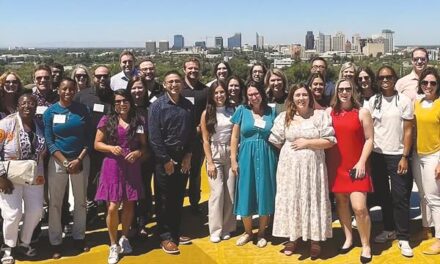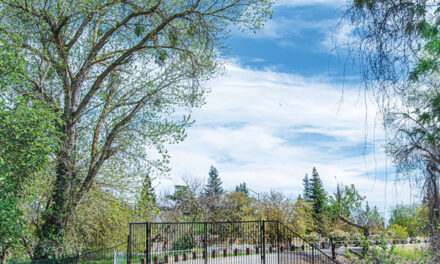I have two healthy habits. One is a long walk every morning after breakfast. The other is looking for ways Sacramento political leaders blow opportunities to create a wonderful city.
After a walk the other day, I dug through some Sacramento Library archives. I wanted to learn how various neighborhoods came to be, how industrial operations were shoved north of B Street, how R Street was filled with warehouses, how businesses districts were dislodged from residential streets.
One guy was responsible, a city planner named John Nolen. I knew nothing about Nolen, but he was a big deal a century ago, one of the most innovative urban planners in the U.S. He was based in Boston and planned dozens of cities, San Diego to St. Petersburg, Florida.
He didn’t work cheap. His presence in Sacramento from 1914 to 1916 meant local leaders were serious about planning.
But not serious enough. They ignored his best idea. They blew it.
City Hall followed Nolen’s advice about where to locate factories, warehouses and businesses. Unfortunately, authorities dismissed his most visionary plan: a parkway along the Sacramento River from Y Street (now Broadway) down to where today’s Meadowview Road meets Pocket Road.
Back then, there was no city beyond Y Street, just dirt roads and farms. Nolen saw the future.
He loved trees and parks. He believed people thrived when they escaped urban surroundings and engaged with nature.
Sacramento had 15 parks and plazas when Nolen stepped off the train in 1914. He soon drew up plans for 127 open spaces.
The city didn’t completely ignore Nolen. His vision created the American River Parkway, Del Paso Regional Park and Haggin Oaks Golf Course. He made plans for Land Park and Curtis Park.
But to visualize a city stretching to Pocket required deep imagination. Sizing up the city’s limitations, Nolen said, “There are only 10 roads that lead anywhere going out of Sacramento. Many more outlets are needed.”
Then as now, visionaries made City Hall nervous. Big ideas cost money. They require risk.
Over the next century, the city grew from about 45,000 residents to more than 500,000. About 14 percent moved into Land Park, Little Pocket, Greenhaven and Pocket.
Nolen knew future generations would benefit from parks. He knew real estate speculators would lock up land for subdivisions.
He advised the city to buy riverfront property and set it aside while it was cheap. Land along Nolen’s Sacramento River Parkway was basically worthless.
City leaders buried Nolen’s dream of a park meandering from Downtown to Pocket. They resurrected it 1975, when the proposal was formalized as a promise in the Sacramento River Parkway Master Plan.
Then the city forgot the parkway for another four decades.
Here we are today. The city is finally serious about building the levee parkway and bike path. But missed opportunities linger. Old mistakes are hard to erase.
In 1928, another famous urban planner, Frederick Law Olmsted Jr., proposed an immense parkway along the Sacramento River. Olmsted’s open space ran along both banks from Antioch to Colusa, more than 80 miles. Olmsted took Nolen’s vision and expanded it.
“Few Californians realize what a tremendous scenic and recreational asset it is capable of being made by an expenditure quite trifling,” Olmsted wrote to state park officials. “The need here, as in other parallel cases of less magnitude, is not so much for money as for painstaking co-operative effort; for vision to see where and how scenic by-products can be salvaged.”
Like Nolen, Olmsted was ignored. In the 1960s, suburban land exploitation steamrolled rapidly south from Broadway. The state Legislature passed the Subdivision Map Act to ensure public access to waterways.
The city’s response was to approve more housing along the levee. Those homeowners illegally blocked levee access.
Out of remorse, civic authorities ordered a report to explore the parkway grandeur envisioned by Nolen and Olmsted.
“Unfortunately, due to other pressing demands and shortage of staff, the city was unable to complete the total study,” the 1975 Master Plan says.
Decades pass. Excuses last forever.
R.E. Graswich can be reached at regraswich@icloud.com. Follow us on Facebook, Twitter and Instagram: @insidesacramento.















